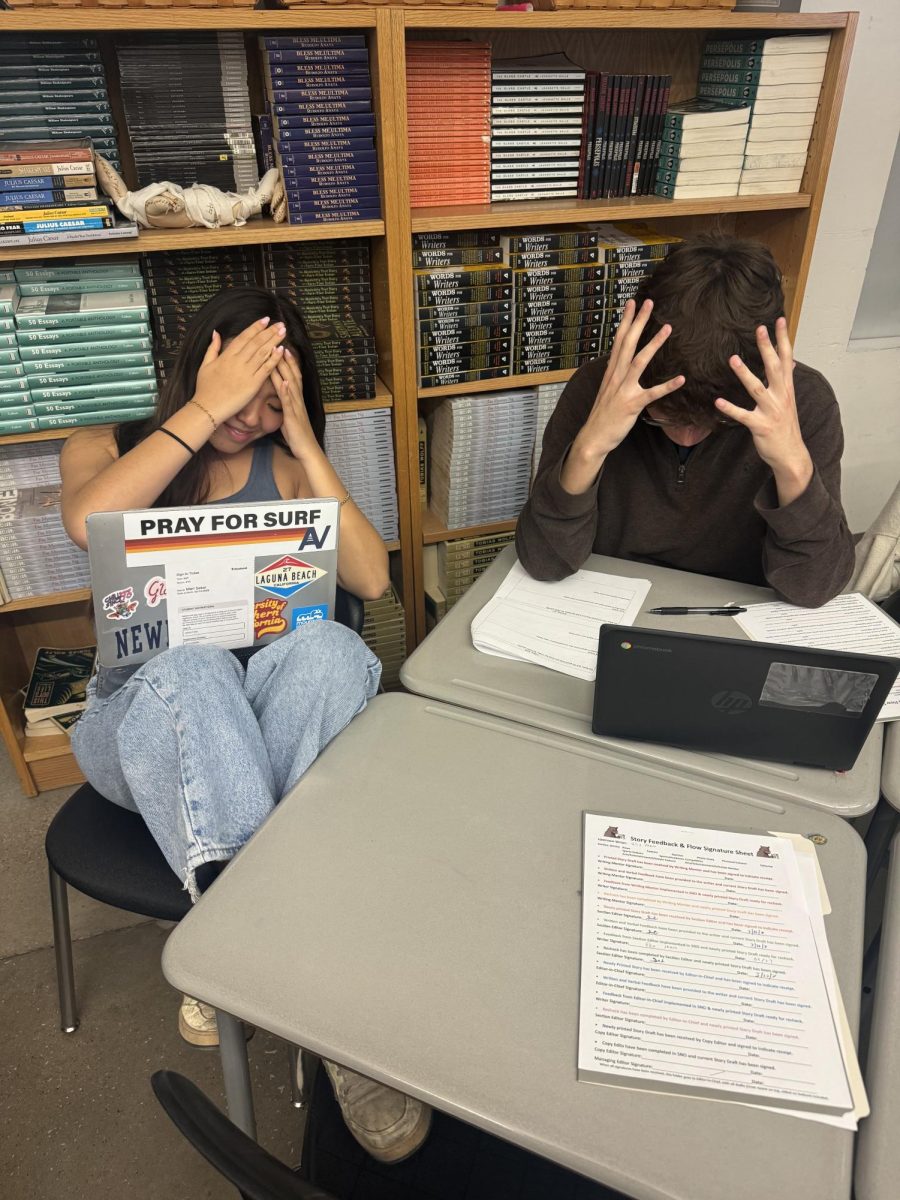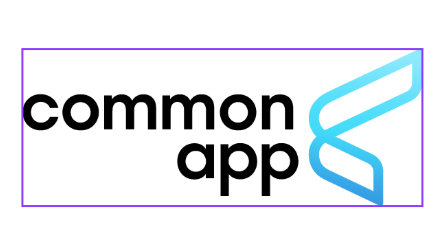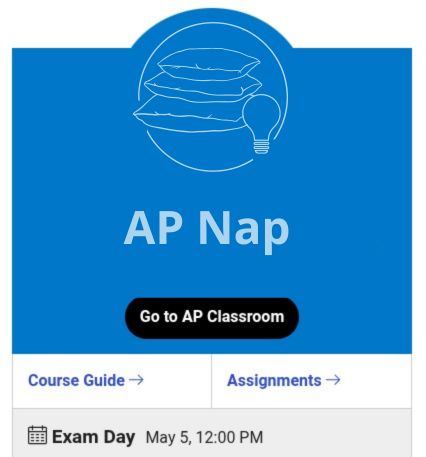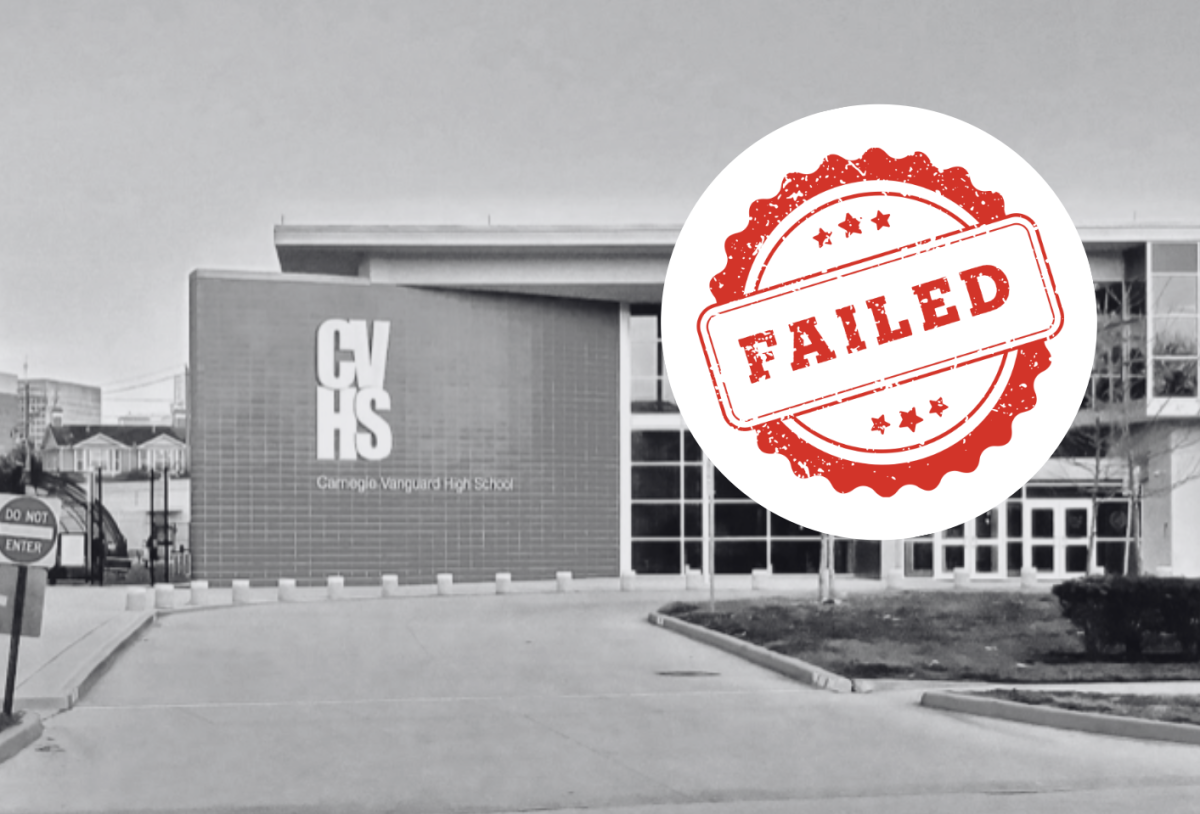For years high school students have sacrificed their sleep, sanity and social lives in pursuit of a perfect GPA and a 1600 on the SAT. They do all of this in order to get into a “good” college. However, a shocking development has left students and parents in disbelief: a new Upstream News investigative report indicates that college admissions decisions are really decided by dart-throwing.
“We have no idea what we are doing,” one admission officer confessed mid-throw.
Sources have confirmed that the tiresome academic efforts of students may even be considered irrelevant. It turns out that acceptance letters are based not on merit, but on accuracy with a dartboard. In an exclusive interview with “The Upstream Uncensored,” an anonymous admissions officer revealed the truth.
“We literally just toss darts at a wall of names and see which ones stick. Honestly, it’s kind of fun. Helps me get my anger out,” the admissions officer laughed.
Since this interview’s release, Upstream News deepened its investigation into this process, uncovering that every very application cycle, college admissions officers are reported to gather in a dimly lit room with blindfolds, darts and a spinning wheel labeled “yes,” “no” and the ultimate end-all for every student – “waitlist.”
“Some schools still pretend to read applications,” Ivy League admissions counselor Sherral Layee said while casually sipping an espresso to rebuild energy for another round of dart-throwing. “But have you read 80,000 essays on how soccer taught resilience? Didn’t think so.”
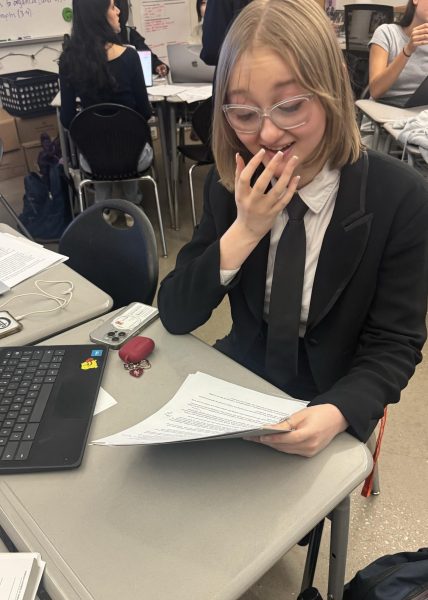
Even the dart-throwing has gotten mundane for these hardworking admissions officers. Therefore, many universities have updated their decision-making processes. MIT is speculated to be using a trained hamster that scurries toward applicant photos. NYU acceptances are decided by a fun game of Rock Paper Scissors. Colombia University has a Magic 8-Ball that simply responds, “reply hazy, try again next year.”
Upon learning this information, students and parents did not have the most graceful reaction.
“I have sacrificed sleep, mental health, and my entire social life these past four years,” valedictorian Emma Perry said.
Perry has earned a 5.9 GPA, taken 56 AP classes and published research papers on quantum string theory.
“Meanwhile, my classmate who spelled his name wrong on the Common App got into Yale,” Perry groaned.
Parents were enraged. Many began to organize support groups and GoFundMe campaigns to reclaim the $6 million they each spent on college counselors, test preparation and “mission trips” to photogenic third world countries. One family even sued a dart manufacturer after realizing their student’s name was “clearly too close to the edge of the board.”
However, despite the chaos that has ensued since the truth was revealed, colleges insist that the dartboard method is “holistic” and “deeply intentional.” Harvard University chose to defend their method as a “refined approach,” claiming that they use a trained chimpanzee named Gerad to hurl darts with “legacy-aware precision.” After Brown University explained their own system of using a Roomba vacuum programmed to accepting students whose name it runs over, the university made sure to state the fact that “rejection is redirection.”
Given the revelations surrounding the college admissions process, the Class of 2026 may wish to use the following strategies.
— Enlarge your name in the Common App. The font 48-pt Comic Sans has proven to be the most effective in attracting darts
— Include a digital dartboard in your portfolio. Bonus points if it’s coded from scratch.
— Just start your own university, making sure it has a 100% acceptance rate. But remember that in these times, even that might not be a guarantee.
So remember that, the next time a college says it takes a “holistic approach” to admissions, it’s possible this may involve three blindfolded interns, a monkey and a foam dart.
This story is satire.


